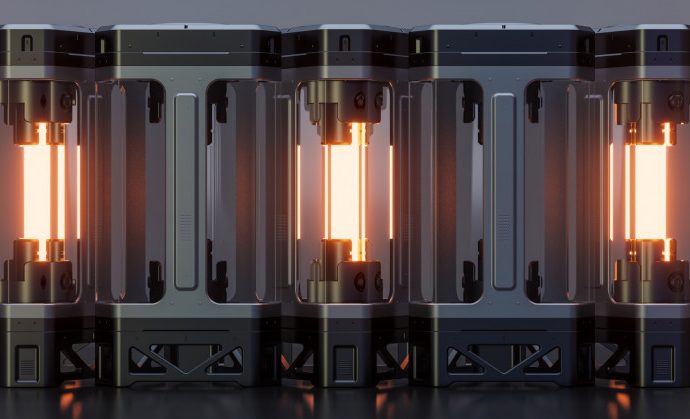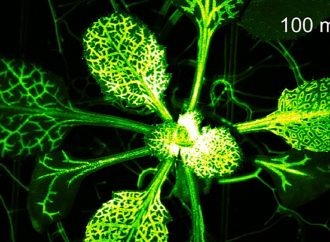The bigger a quantum battery, the faster it charges.
Source: Interesting Engineering
Quantum batteries have the potential to store energy in a new class of compact, powerful devices that could boost our uptake of renewable energies and massively reduce our reliance on fossil fuels.
Now, an international group of scientists has taken an important step towards making these batteries a reality. According to a press statement from the University of Adelaide, the team has proved the crucial concept of superabsorption for the first time.
What is superabsorption?
Through a series of lab tests, the team successfully proved the concept of superabsorption, a phenomenon of quantum mechanics with potentially vast implications in the fields of quantum computing and energy storage. Superabsorption, like many other quantum quirks, makes the seemingly impossible possible via subtle manipulation of molecules on the quantum scale.
In an interview with NewAtlas, Dr. James Q. Quach, one of the researchers on the project from the University of Adelaide, said “Superabsorption is a quantum collective effect where transitions between the states of the molecules interfere constructively.”
“Constructive interference occurs in all kinds of waves (light, sound, waves on water), and occurs when different waves add up to give a larger effect than either wave on its own,” he continued. “Crucially, this allows the combined molecules to absorb light more efficiently than if each molecule were acting individually.” Effectively, this means that the more molecules in your quantum energy storage device, the more efficiently it will be able to absorb energy, meaning faster charging times.
The bigger the battery, the faster it charges
The new findings could lead to large storage systems with incredibly fast charging times, allowing for new applications in renewable energy storage. “Quantum batteries, which use quantum mechanical principles to enhance their capabilities, require less charging time the bigger they get,” Dr. Quach said in the University of Adelaide’s press release. “It is theoretically possible that the charging power of quantum batteries increases faster than the size of the battery which could allow new ways to speed charging.”
The team, who outlined their findings in the journal Science Advances, used a laser to charge several layered microcavities of different sizes, each containing varying numbers of organic molecules. “The active layer of the microcavity contains organic semiconductor materials that store the energy. Underlying the superabsorbing effect of the quantum batteries is the idea that all the molecules act collectively through a property known as quantum superposition,” Dr. Quach explained.
“As the microcavity size increased and the number of molecules increased, the charging time decreased,” he continued. “This is a significant breakthrough, and marks a major milestone in the development of the quantum battery.”
All of this is crucial to developing new, more sustainable forms of storing energy, according to the team of researchers. By 2040, they explain, people’s energy consumption is expected to have increased by 28 percent compared to levels in 2015. With a quantum battery, renewable energy firms could harvest and store light energy simultaneously, providing great cost reductions, the team explained. The next, and most important, step for the team is to develop a fully functioning quantum battery prototype, utilizing the phenomenon of superabsorption for which they have provided evidence in their proof-of-concept experiments.
Source: Interesting Engineering

































Leave a Comment
You must be logged in to post a comment.